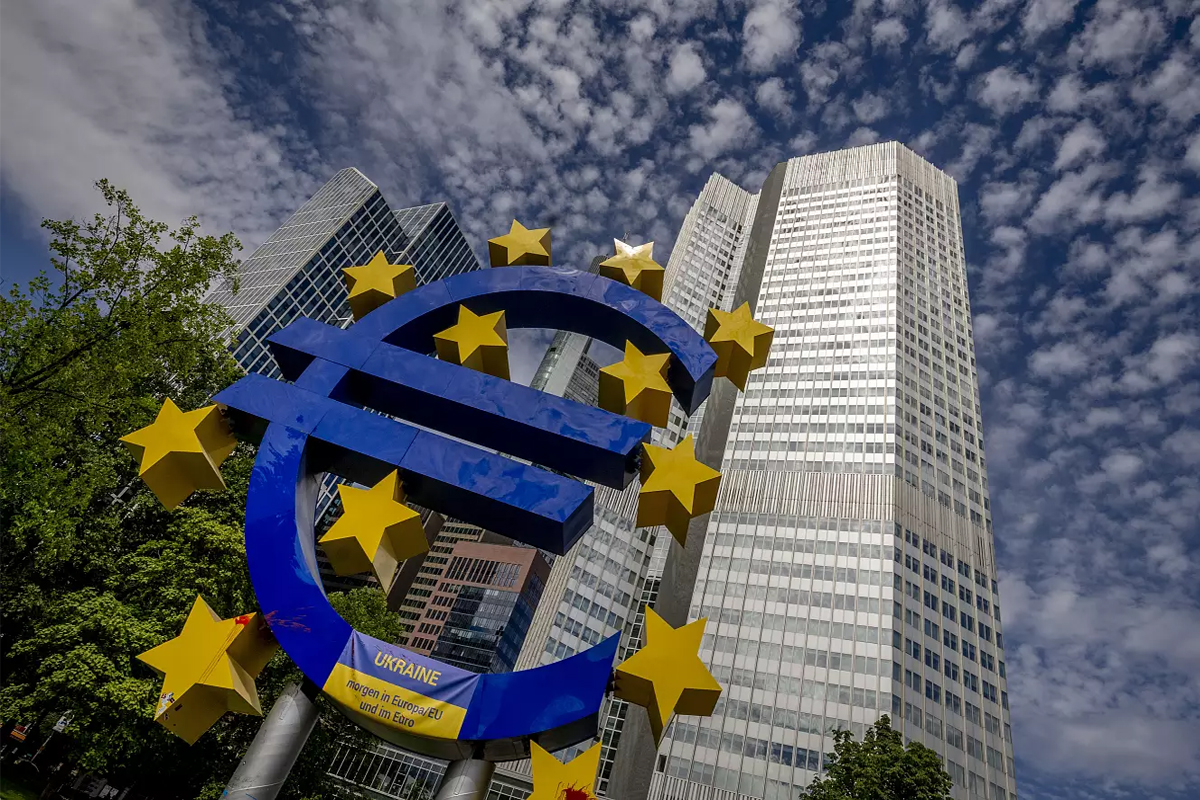SL to convert 500,000 tuk-tuks to EVs
Facing a severe energy crisis amid the financial downturn, Sri Lanka mulls to switch to electric mobility by converting 500,000 'tuk-tuks' (autorickshaws) to electric vehicles (EVs) within the next five years.
According to International media reports, millions of individuals in Europe are now spending a record amount of their income on energy costs as a result of rising wholesale gas and electricity prices.

Europe's energy crisis worsens with each passing day
As an enormous energy crisis has hit Europe as a result of growing prices, climate change, COVID-19 and the war in Ukraine, Europeans strive to reduce their energy use by cutting out ironing, using ovens less frequently, and taking showers at work, yet the costs keep going up.
According to International media reports, millions of individuals in Europe are now spending a record amount of their income on energy costs as a result of rising wholesale gas and electricity prices.
Advertisement
In the last 12 months, the benchmark gas price in Europe has increased by 550%. An average British households’ yearly energy cost will increase by 80% starting October, according to regulator Ofgem, bringing them to an average of £3,549 ($4,18).
Advertisement
What is the root of the energy crisis in Europe?
In 2021, Europe first started to have some energy supply issues. The EU often imports LNG (liquefied natural gas) from Russia, Latin America, and the United States during the winter. However, Texas’ power infrastructure issues combined with the fact that the winter of 2020–2021 was colder than typical led to a decrease in liquefied natural gas cargo.
Heat waves swept through the U.S. and Europe later that summer. Droughts also affected Latin America, which reduced supplies of the essential hydropower required to ship LNG to Europe. The EU raised its gas consumption by 25%, according to the International Energy Agency (IEA), which resulted in a rise in energy costs due to a shortage of supply. Due to fewer than perfect wind conditions, Europe also produced less renewable energy than the global average. The European Union Institute for Security Studies (EUSS) noted that this increased demand for energy imports. The EU also significantly depends on Russian gas imports. While the nation has been delivering the agreed-upon amount, Moscow claims that COVID-19 and wildfires have had an impact on its supply.
The conflict in Ukraine and the lingering effects of the pandemic, which caused high rates of inflation and raised the cost of energy, made the situation in Europe much worse. As a result of Russia’s alleged use of its fossil fuels as a weapon against the EU in the conflict with Ukraine, Europe has been left wondering whether they have fewer supplies. Numerous European nations have reduced their energy use as a result of the skyrocketing rates.
What is going on in Europe right now?
There is no denying that the oil crisis has put a strain on Europe. Europe experienced a record-breaking heat wave this summer while also experiencing an energy crisis. While Russia limited energy supplies owing to the conflict, Europe was encouraged to reduce its energy use by 15%. The EU intends to conserve energy in preparation for the impending winter, which will result in higher heating energy demand.
Climate change has led to harsh winters and record-breaking summer temperatures, so these contrasts will probably become more pronounced.
According to Fortune, despite how awful things are right now, “Europe’s energy sector has never been more vulnerable
According to media reports, wildfires forced France’s nuclear reactors out of service and the intense heat was “incapacitating” hydropower supplies. The irony is that the EU is forced to rely on fossil fuels like LNG since there aren’t enough renewable energy options, which increases emissions and exacerbates harsh weather.
The price of energy has increased due to the pandemic recovery and the conflict, along with the worsening physical conditions. The wholesale cost of a megawatt-hour of electricity reached a record high of 500 pounds, or $590. Governments have been making an effort to cover the expense by giving households financial aid to help with utility costs.
Not only households are impacted by increased prices. Due to their inability to pay their energy and utility bills, several manufacturers in Europe have to shut down production lines. The greatest decline in industrial production in Europe since 2012 occurred in July.
As a result of the crisis, Europe is now spending even more money to attempt to reduce the cost of energy for companies. Almost 500 billion euros ($496 billion) had previously been put aside by all European countries for the goal of capping commercial energy expenses.
Despite the energy crisis, French President Emmanuel Macron inaugurated France’s first offshore wind project. He wants to shift the nation to renewable energy and lessen its reliance on Russian fossil resources. With the economy, as it is now, switching to renewable energy sources is challenging, and much of Europe is preoccupied with getting ready for the upcoming winter.
Greater than the crises of the 1970s–1980s
Due to this, the present energy crisis is worse than the ones that occurred in the 1970s and 1980s. Blackouts and lengthy lines at gas stations occurred in the West as a result of an oil producer’s blockade and the Iranian revolution in 1979. People in the United Kingdom spent 9.3% of their income on energy during the height of the crisis in 1982.
After October, when Britain’s quota is raised, 8.9 million homes in the UK, up from 4.5 million in October of last year, might live in fuel poverty, according to the U.K. charity National Energy Action (NEA).
According to the NEA and other British charities, a household is considered to be in fuel poverty if it has a low income and must spend 10% or more of its income on energy. Other European nations use the concept informally.
Energy expenses are rising at a rate that has never been seen before.
Advertisement